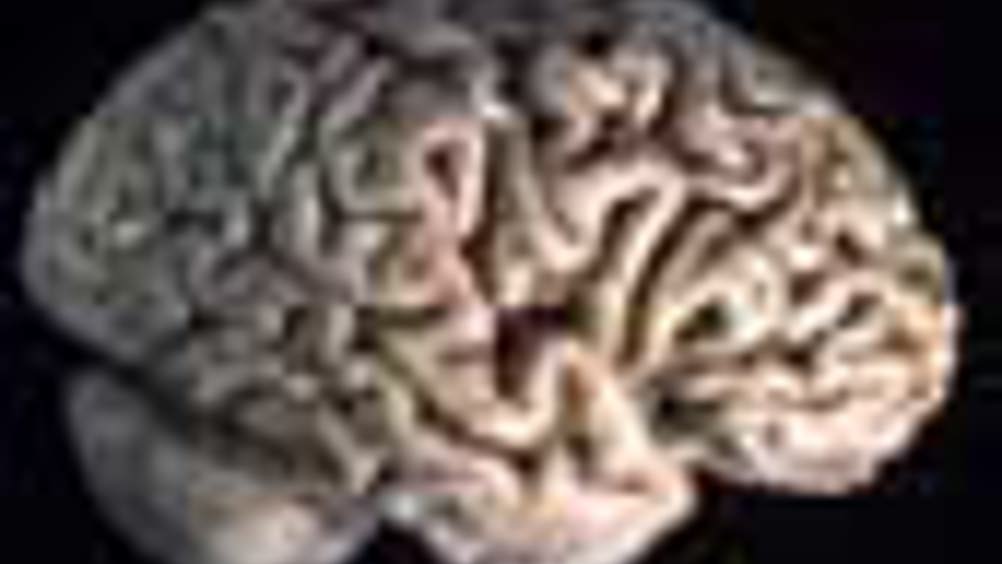Arresting Alzheimer's
Scientists at the Massachusetts Institute of Technology have developed a new dye that could offer non-invasive early diagnosis of Alzheimer's disease.

scientists have developed a new dye that could offer non-invasive early diagnosis of Alzheimer's disease, a discovery that could aid in monitoring the progression of the disease and in studying the efficacy of new treatments to stop it. The work is published in the latest issue of
.
Today, doctors can only make a definitive diagnosis of Alzheimer's, currently the fourth-leading cause of death in the
To that end, Swager and postdoctoral associate Evgueni Nesterov, also from the MIT Department of Chemistry, worked with researchers at Massachusetts General Hospital and the University of Pittsburgh to develop a contrast agent that would first bind to the protein deposits, or plaques, in the brain that cause Alzheimer's, and then fluoresce when exposed to radiation in the near-infrared range. The new dye could allow direct imaging of Alzheimer's plaques through a patient's skull.
Register now to continue reading
Thanks for visiting The Engineer. You’ve now reached your monthly limit of news stories. Register for free to unlock unlimited access to all of our news coverage, as well as premium content including opinion, in-depth features and special reports.
Benefits of registering
-
In-depth insights and coverage of key emerging trends
-
Unrestricted access to special reports throughout the year
-
Daily technology news delivered straight to your inbox










National Gas receives funding to develop Gravitricity underground hydrogen storage system
One single rock salt mine - Winsford - has 23 <i>MILLION </i>cubic metres of void and even allowing for 10% of that void set aside for hazardous waste...